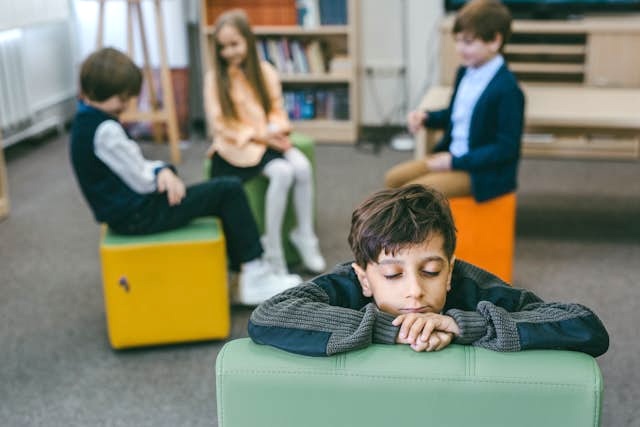
How to Help Your Child Learn Healthy Ways to Tolerate Frustration
As a parent, it’s crucial for you to have age-appropriate expectations for tolerating frustration. Children’s abilities develop over time, and younger children are likely to struggle more with frustration than older children. Read more >>











